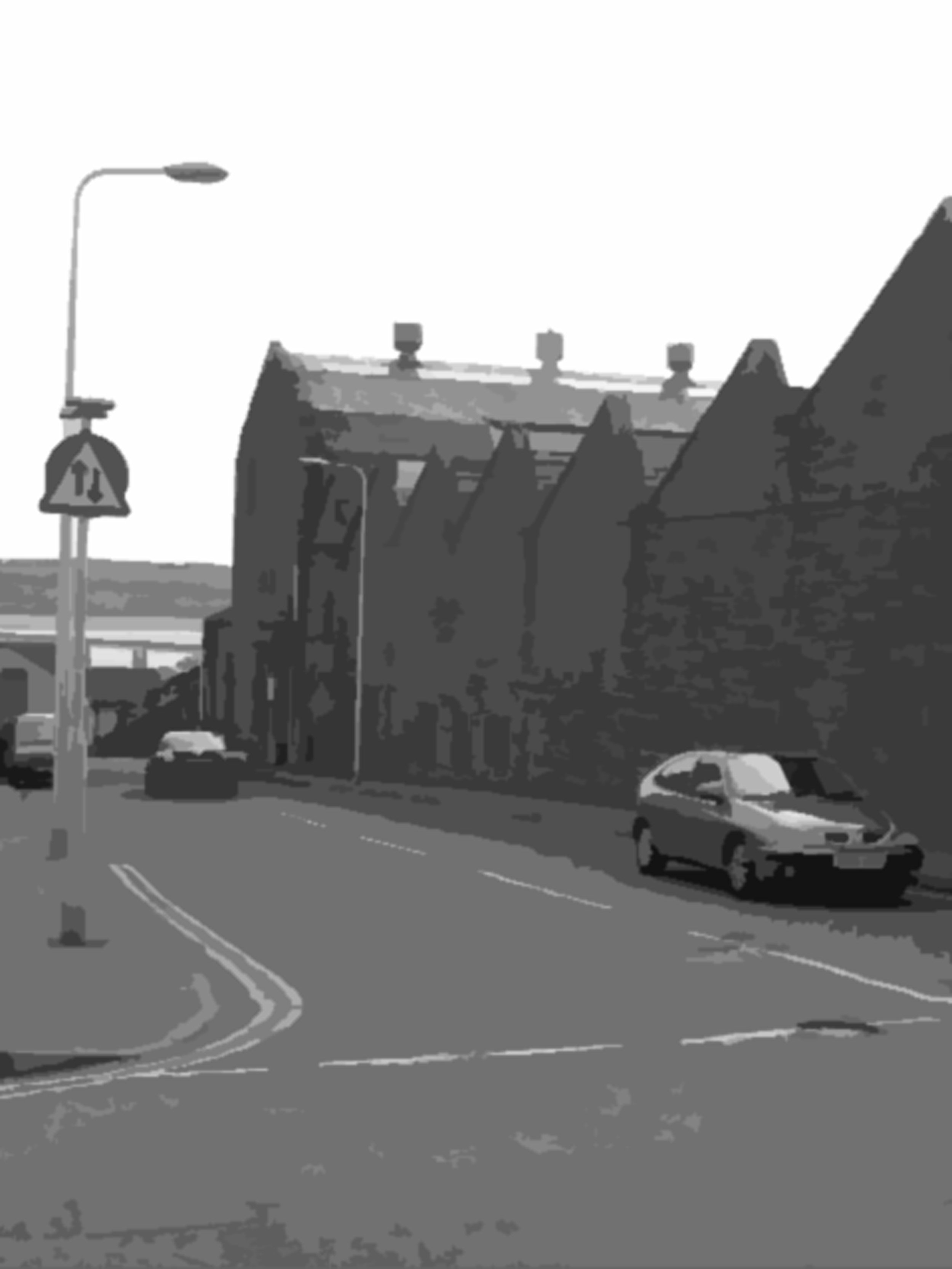
The Building:
"Mill at the heart of Dundee’s jute heritage"
“The Courier”
The Eagle Mill complex occupies Victoria Street and Brown Constable Street, and was built in 1864 by Dundee engineers Baxter Bros. It was originally the pattern shop for the Baxter Brothers Foundry, where, significantly, Baxter’s own machinery and structural work was manufactured. In 1930 it became the main modern jute spinning plant of Low and Bonar Ltd -the only new mill built between the wars.
The Odyssey
The complex comprises of 2 main components – the main ‘mill’ block with principal elevation facing Victoria Street, and a secondary block with principle elevation facing Brown Constable Street, forming an ‘L’ shape. The rear of both blocks was infilled with a covered car parking area, with a vehicular access located on Lyon Street. The Eagle mill main block consists of a 2 storey and attic 15-by 3-bay coursed rubble pattern shop with mansard roof for the Dens Works Foundry, the original 1864 element. The later 1930’s extensions saw a narrower 9-bay block to the East and a 2-storey 2-bay block to West with a hipped roof and simple Art Deco pediment. The Brown Constable block is a 1-storey 8-bay spinning shed (later workshops) and 2-bay corner with a stepped pediment.
Significantly, this is now the last remaining Mill in Dundee and offers a rare opportunity for a transormative project that utilises a well built and a well loved local landmark. Eagle Mill traded until 1978 when it was divided into two parts. The East part comprised the three-storey stone-built Mill and Warehouse at rear. The Baxter Brothers Engineering Department in Dundee stands as a testament to the city’s industrial heritage, its historical significance woven into its architectural fabric. Eagle Mill has witnessed a transformative journey through time, which is seen in the fabric today, with the new proposals offering an additional layer of history.
Historical Resonance
It is recognised that the Eagle Mill complex is of national importance, forming a key part of Dundee’s rich manufacturing heritage and recent past. It is for this reason that the proposals seek to retain all key architectural features wherever possible, to retain the character and nature of the Building. A global ‘light touch’ approach has been adopted, with the proposals exposing existing elements such as the cast iron columns and trusses throughout the building to reveal the building’s past to future residents. The structure of Eagle Mill certainly has storeies to tell, as has been captured in a number of books, including Alison Carrie’s ‘If These Wa’s Cuid Talk’, the design proposals have taken every opportunity to reinforce this iconic historical heritage, being unquestionably a key part of the attraction for potential residents.
The historical and industrial nature of Eagle Mill is something that is celebrated throughout the interior design of the proposals and will certainly form an attractive element to prospective tenents looking for a characterful home with a true sense of identity. It’s rebirth offers something truly unique, as robust and highly attractive homes for the residents of Dundee, and further afield, within a living piece of Dundee’s industrial heritage.




